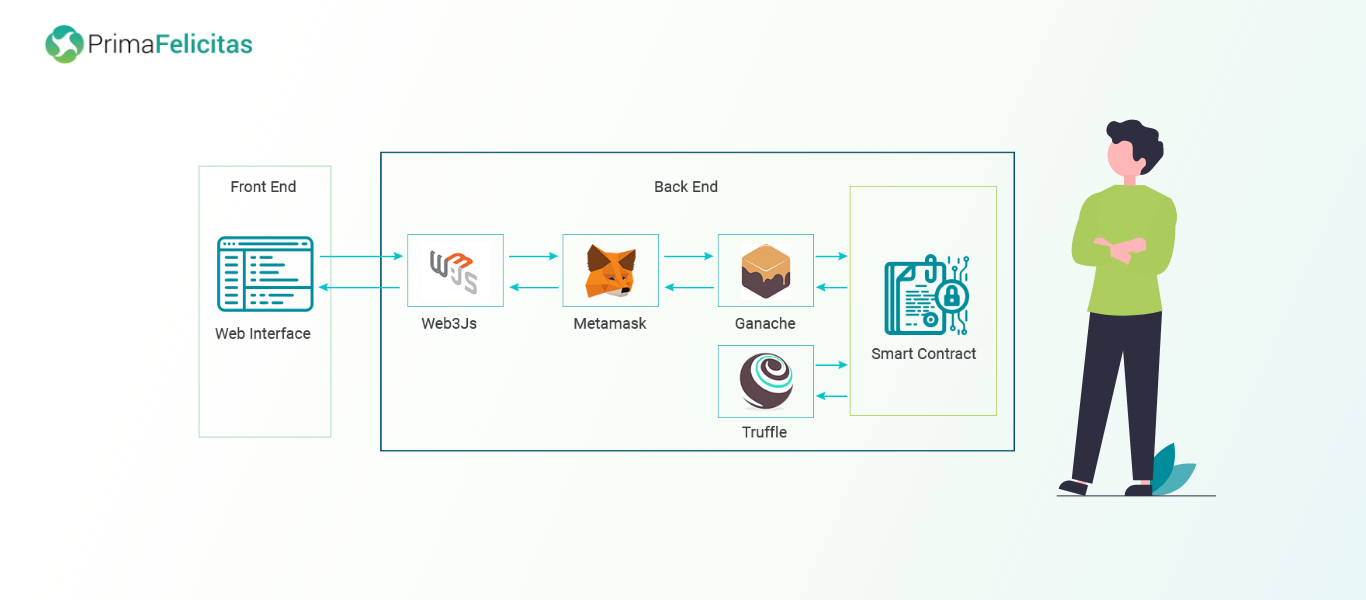
There’s a famous saying, “a coin has two sides”, or “a sword is double-edged”. Similarly, decentralized financial platforms and applications are currently perceived as the above illustrations by a few experts in the technology and financial industry as well. In layman words, front runners/front running has some interconnection to the old days when stocks were traded on paper and an individual used to be on the ground when some new trade was about to come. On Ethereum, front runners wait for the pool of unconfirmed transactions (mempool) which provides some insights on decentralized transactions. It’s only after that, the front-runner broadcasts his/her transaction, which does enter the pool of uncategorized transactions. But the front-runner tries to make sure that his/her transaction reached the blockchain before other transactions so that one may attain a profit. This piece examines the pros and the cons of front running in Ethereum.
Attacks via front running are mostly based on the order of transactions. If one could spot the pattern or an odd order while the transaction is in process, the probability of catching an attacker would increase. According to Dan Robinson and Georgios Konstantopoulos, because of the rise in decentralized exchange’s (DEXs), there’s a flaw in Ethereum’s design (maybe due to eagerness to deploy). The loophole gives an opportunity towards the bot/s to arbitrage by monitoring pending transactions in Ethereum mempool by employing tricks developed by them and profit as much as they could.
As the decentralized exchange platforms are comparatively new, some solutions have been developed to counter front running in Ethereum. Some of them include “Transaction Counter”, “Off-chain ordering solutions”, etc. Many attackers’ focal motive is to send a transaction concealing its identity and other crucial information before victim’s transaction getting executed.
To avoid such a scenario to happen in future, employ a transaction counter within one’s smart contract. It should be kept in mind that this solution could be seen as a temporary solution. Off-chain ordering is a separate area which requires thorough research. But for the time being, one may look at it as having two pivotal concerns. The first being, order which doesn’t happen on the blockchain. The second one being settlement, which does take place on the blockchain ecosystem. It could be sufficed to say that the one handling the ordering solution has the advantage as he/she can select on which platform to get the application developed and deployed. Another angle of viewing the off-chain ordering is that employing it reduces the utilization of Ethereum to a bare minimum. Doing so assists in keeping the network de-congested ultimately making the blockchain more effective for everyone on it.
Numerous researches are going on examining and scrutinizing the relationship between front-runners in Ethereum. According to this piece of research, broadly speaking, there consists of 4 ways through which decentralized exchanges might get affected subtly without getting noticed. These include “pure revenue opportunities” (blockchain transactions issue multiple trades via smart contracts), “priority gas auctions” (resolving the issue of offering unconditional revenue in pure revenue opportunities), “miner extractable value (MEV)” (miners can directly extract from smart contracts as cryptocurrency profits), and “time bandit attacks” (high-MEV regimes sometimes result in rewriting blockchain history to steal funds that were allocated by smart contracts priorly).
In the end, as the overall blockchain’s practical usage is becoming more popular and trendier, issues in its platform and/or applications will simultaneously start getting resolved swiftly.



